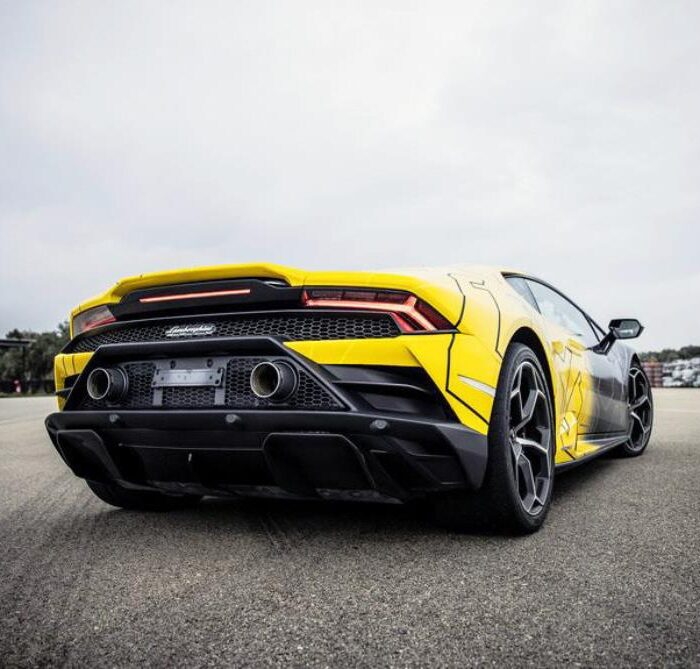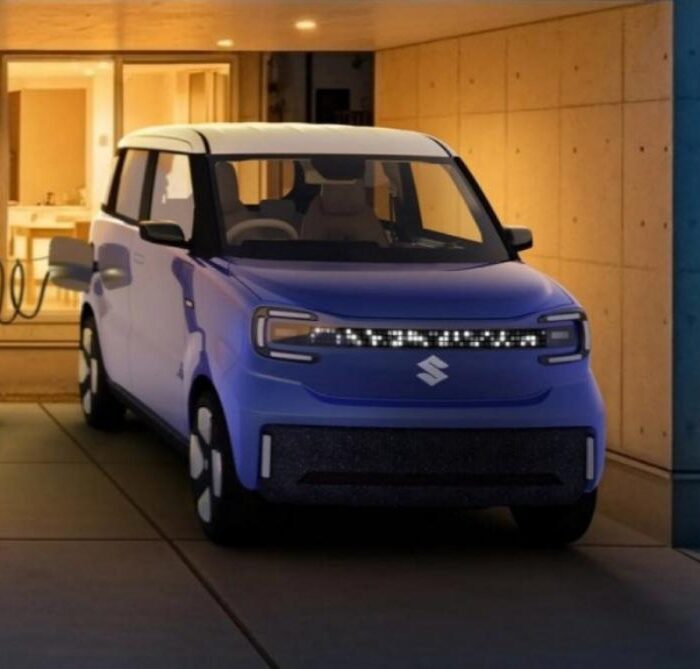German integrity is embodied in many brands. But it’s Porsche that is the most reliable in the world of cars. This company is currently recognized as the most profitable automotive concern. In this article we will talk about the founding father of the famous car brand – Ferdinand Porsche – and walk through the pages of the history of this amazingly stylish, sumptuous, extraordinary auto brand. Make yourself comfortable.
Ferdinand Porsche: designer and person
Engineer of the century – this title was given to the creator of the most popular car in the history of the automotive industry. As a 15-year-old boy, he began to be interested in electrical engineering, and this interest was deep and serious if he was able to create an electric generator that powered his parents’ house with electricity. Ferdinand generally tried to do the technique, that wasn’t surprising for the end of the nineteenth century. A replacement of horse-drawn carriages with mechanical ones was everywhere, and millions of Ferdinand‘s peers believed that it was necessary to engage in the design of cars. However, not everyone succeeded: there was not enough education. Ferdinand Porsche got a job as a chauffeur to the Prince of Hungary and Bohemia. However, it was important for him to become an engineer, and after studying at a technical school, at the age of 23, he got a university diploma. Needless to say, his first place of work was an automobile plant. Ferdinand worked for seven years in the design (or, as they said, inventive) bureau in Vienna, in the production of Lohner. His passport to the big automotive world was the invention of a wheel with an integrated motor – such ones were required for electric cars. Electric cars in general were his dream (but here he was ahead of his time). At the age of 25, Porsche created the world’s first hybrid vehicle and also the first front-wheel drive car. The Semper Vivus was an electric vehicle, and the generator was created using an internal combustion engine. Moreover, the Semper Vivus had brakes on all four wheels. The Lohner-Porsche is still in the Technical Museum in Vienna. In 1900, its creators were awarded a Grand Prix at the Paris Motor Show. Three years later, inspired by his professional success, Ferdinand also changed his personal life – married Aloisia Johanna Kaes. There were married for 48 years, and the wife gave Porsche a son and a daughter.
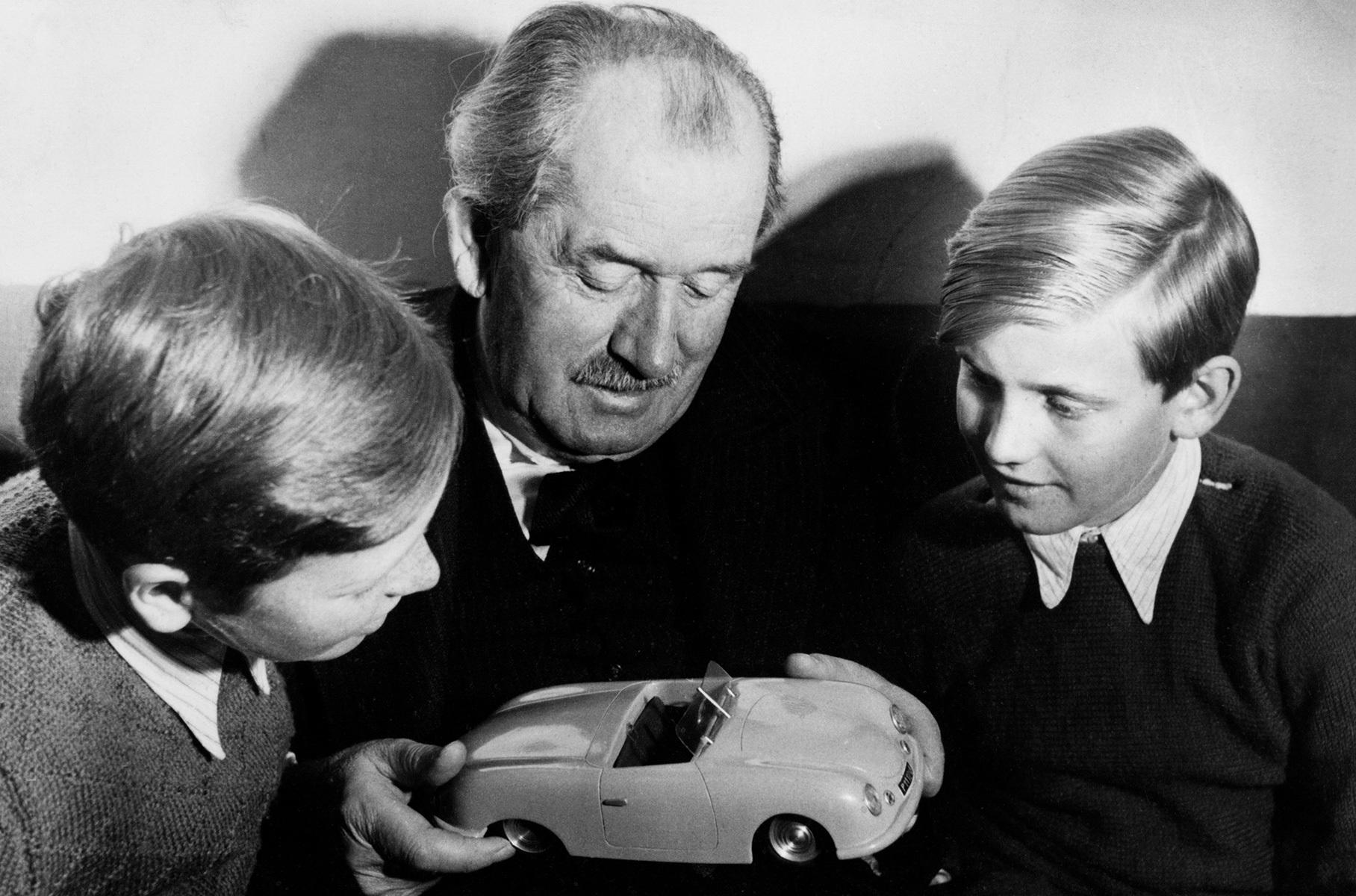
Of course, the talented engineer couldn’t go unnoticed. The invitation received in 1906 from Austro-Daimler was for 31-year-old Ferdinand an undoubted recognition of his merits and abilities. The position of chief designer allowed his talent to unfold in all its breadth. He ran a whole model range. But at the same time, he wanted to participate in car races, to feel the power of the designs created by him. Therefore, Ferdinand Porsche began to participate in motor racing. The new driver first came second – on a self-made Austro-Daimler. But a year later, he managed to win the same race on the Semmering track. In parallel, he continued to work on cars, and developed models considered premium – the AD-617 and the ADM-1, as well as the Prinz-Heinrich, the ADR and the Sascha cars.
One of the greatest minds in the automotive industry, Porsche left to work as the chief designer of Daimler-Benz. He developed compressor units, took part in the creation of the Mercedes car, and generated ideas for the production of the flagship SS, SSK, SSKL models. At the age of 37, Ferdinand Porsche was awarded the title of Professor at the Vienna (Imperial) University of Technology. In addition, for some time, he served again as the chief designer in the Steyr corporation, bringing the unique Austria and Type XXX to the world. At the age of 49, he was awarded the title of Doctor of Technical Sciences.
Ferdinand Porsche aspired to his own creativity – in his personally created design bureau, which was opened on April 25, 1931. The enterprise was called Doktor Ingenieur honoris causa Ferdinand Porsche (Dr. ing. h. c. F. Porsche) GmbH – that is, the office of the Honorary Doctor of Engineering Ferdinand Porsche, and a year later, within its walls, the invention of a torsion bar suspension on trailing arms was patented. This was a new word in depreciation. Porsche also created a new six-cylinder racing car, the Auto Union, and the latter had no equal on European racetracks. But there was an idea to produce a people’s car (“volkswagen”, the Volkswagen Käfer, the famous “beetle”). Porsche had to consult about the production of large volumes of cars overseas with Henry Ford himself. At 62, Ferdinand Porsche was awarded the German National Prize for Art and Science.
In 1939, the first company’s car was developed – the Porsche 64, which became the progenitor of all future Porsches. Ferdinand Porsche used many components from the Volkswagen Käfer to build this copy. By that time, Ferdinand Porsche Jr., who received an engineering education, began to work in his father’s company.
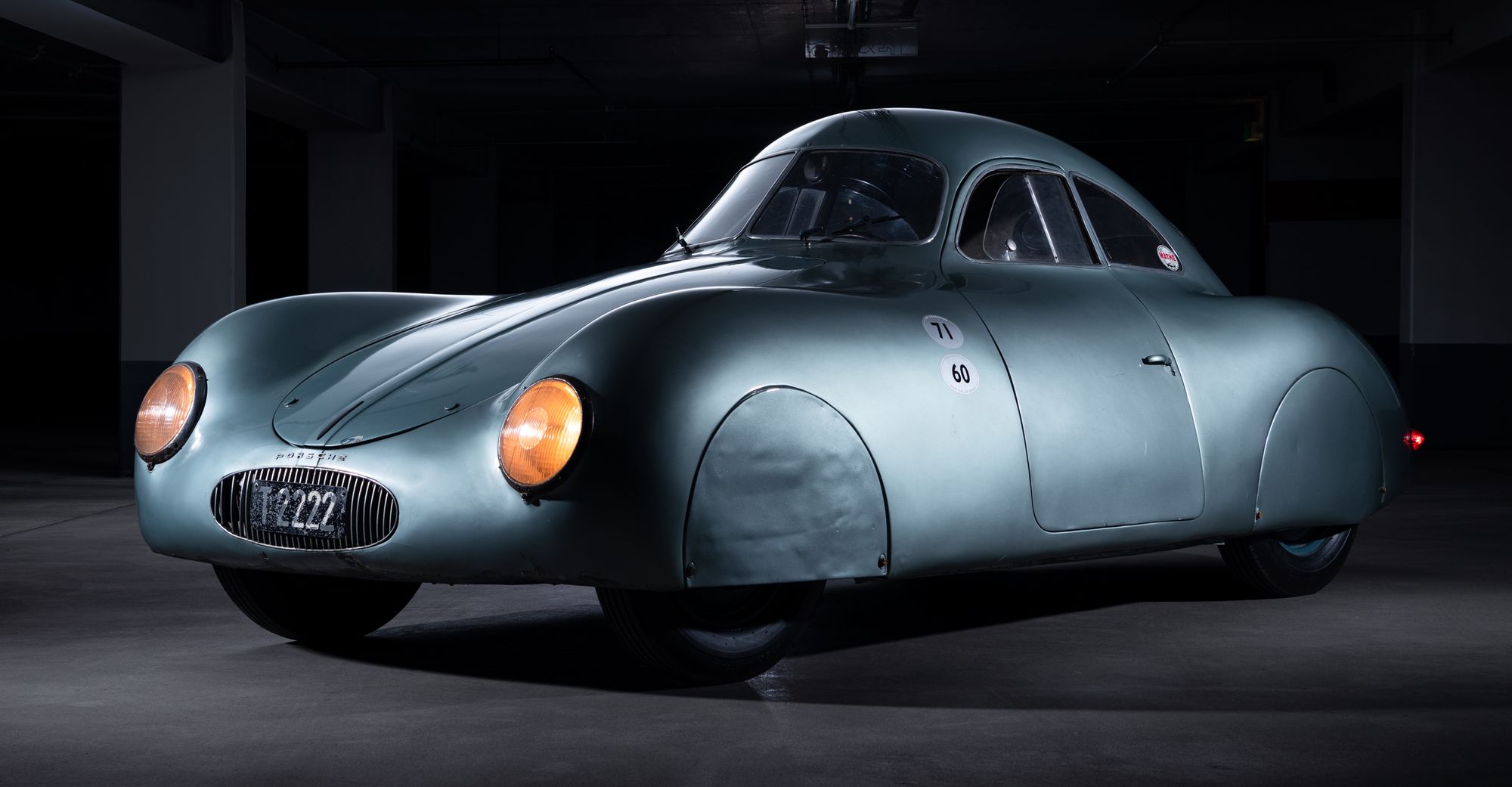
The owner of the bureau had big plans, but the outbreak of World War II forced him to reconsider them. They had to produce military products – command cars and amphibians. For Porsche, it was a serious psychological problem, because he was a pacifist by nature. He also helped a Jewish, an employee of his firm, flee the country. Porsche was also forced to take part in the development of the heavy tanks Tiger, which was recognized as a war crime (although the tanks were produced by another concern). As a result, after the war, Ferdinand Porsche, who was arrested by the French, spent 22 months in prison, and it seriously damaged his health. Porsche was accused of assisting the Nazis, extradition of resistance fighters and the use of prisoners of war in factories. But it was in that difficult time for the Porsche family, his son, arrested at the same time as his father, but released a year later, decided to start producing his own cars.
The production moved to Carinthia, Austria. In Gmünd, Ferry Porsche, along with several well-known engineers, assembled the prototype of the 356 with a motor in the base and aluminum open body, and began preparations for its serial production. The Cisitalia model was equipped with a 4-cylinder air-cooled engine and had a capacity of 35 hp. In June 1948, this copy was certified for public roads (so the birthday of the Porsche brand is June 8, 1948). As in 1939, there the units from the Volkswagen Käfer, including suspension and transmission, were used again. At the same time, the car was not painted, it was silver – the color of aluminum. The first production cars had a fundamental difference – the engine was moved to the rear axle, which made it possible to reduce the cost of production and free up space for two additional seats in the cabin. The designed body had very good aerodynamics – Cx was equal to 0.29. There were many clients, and they were all wealthy. In total, over the next 17 years, 78 thousand copies of the Cisitalia Porsche were produced. It is a staggering fact that more than half of them have survived to the present day, and they continue to function. Porsche Sr., having returned from prison, was satisfied with the model developed by his son, and said that he would build it in the same way, down to the last screw. Needless to say, what an inspiration these words were for Porsche Jr.
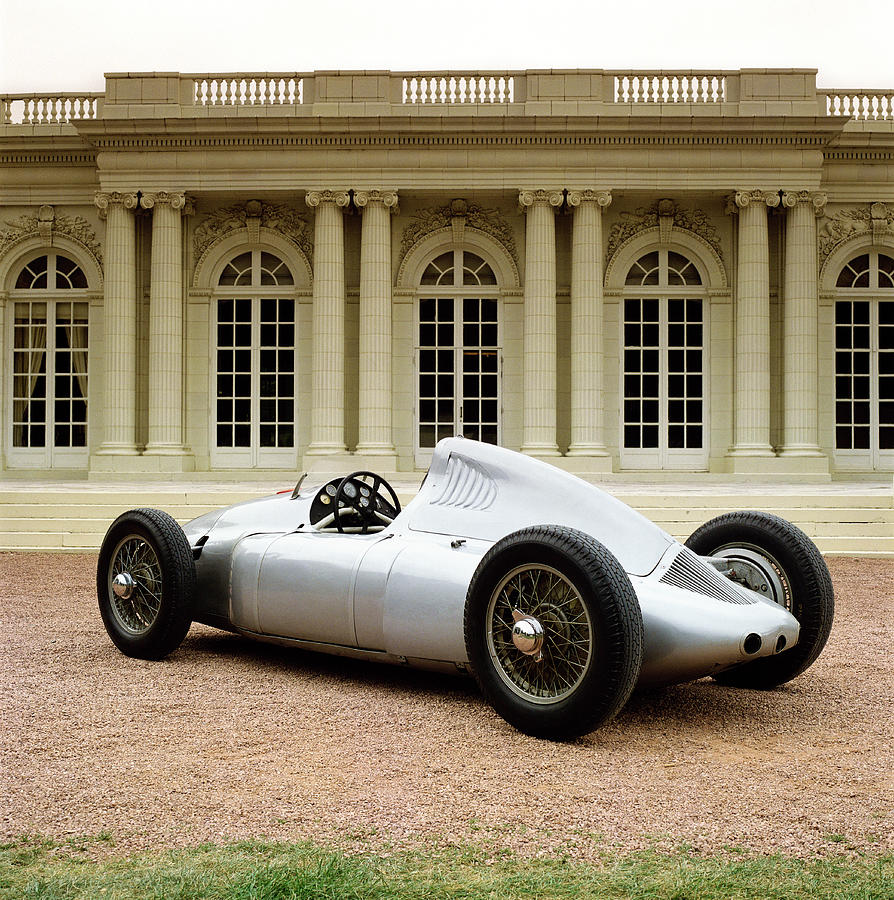
In 1950, the company returned to Stuttgart. Now, all models were produced not as Austrian, but as German, and manufactured not from aluminum, but from steel. The automobile concern, now called Dr. Ing. h. c. F. Porsche AG (full name – Doktor Ingenieur honoris causa Ferdinand Porsche Aktiengesellschaft), produced coupes and convertibles with 40-horsepower engines that had a volume of only 1100 cc. However, the range was gradually expanding.
It was in 1950 that the thousandth Beetle was produced, which could be bought for a monthly salary of an American soldier. The cheapness and affordability of the car made it popular and massively bought up by Americans. The millionth Beetle was released in 1955 (and a total of 21.5 million copies were produced until 2003). It is a consummate triumph.
Unfortunately, in November 1950, Porsche Sr. suffered a stroke, and in late January 1951, died of a heart attack. His business was continued by the son, and the grandson, also Ferdinand, but Alexander, was already growing up.
Expansion of production in 1950-80
Porsche Jr. intensified automotive production: by 1954, 1100, 1300, 1300A, 1300S, 1500, and 1500S versions were being produced. The design of the car was constantly improving: the volume and power of the engines continued to grow, disc brakes on all wheels and synchromesh gearbox appeared, new body options were offered – hardtops and roadsters. Series A was replaced by B (1959-1963) and the latter – by Series C (1963-1965). In parallel, modification for racing were created (the 550 Spyder, the 718 and others). At the turn of the 1950-60s, a prototype of the Porsche 695 appeared. The administration of the automaker for a long time doubted whether to risk and develop new models – it is always a certain risk. Nevertheless, the grandson of Ferdinand Porsche was engaged in the design of the new car, and Ferry Alexander “Butzi” made a modern sports car with classic body lines.It was presented at the Frankfurt Motor Show in 1963 under the name Porsche 911. Then there were consistently the Targa, the Carrera, the Porsche 914 and even a joint project with Volkswagen, the VW-Porsche 914, which wasn’t too successful.
In 1972, the legal status of the company changed from a limited liability partnership to an open (public) one. Dr. Ing. h.c. F. Porsche KG ceased to be a family company and was now called Dr. Ing. h. c. F. Porsche AG; the Porsche family lost direct control over the company’s affairs, but Ferry and his sons’ share of capital in it far exceeded the share of the Piech family. After the restructuring, F. A. Porsche with his brother Hans-Peter founded the Porsche Design company, which produced exclusive glasses, watches, bicycles and other prestigious things. F. Porsche’s grandson, Ferdinand Piech, moved to Audi and then to Volkswagen, where he later became CEO of the concern.
The model 914 in 1976 was immediately replaced by two new cars – the 924 and the 912 (now with the Volkswagen 2.0 engine), which lasted just a year. The Porsche 924 was in demand, and it had a good potential, as evidenced by the constant renewal and replenishment of the line. Within three years after the start of sales, it got a turbocharged version, and three years later they began to produce the model 944 – its successor. In the Porsche 911 series, there was almost complete calm.
When Ernst Fuhrmann (the first CEO not from the Porsche family) was succeeded by Peter Schutz, the 911 returned to the unofficial status of the firm’s main car. The Porsche 911 became a dream sports car, winning the hearts of fans around the world. In 1982, a convertible appeared, and a year later, the 911 Carrera with a 231-horsepower powertrain became the base. 1985 new – the Turbo-look version (aka Supersport).
The history of the Porsche 959 began in 1980, when a new Group B was approved in the world rally championship. At the stage of development, the Porsche 959 twice participated in the Dakar Rally and in 1986 took two first places in the “absolute”. Brand adaptive PASM suspension (installed on all current Porsche cars) is a modern analogue of the complex system that was first tested on the Porsche 959.
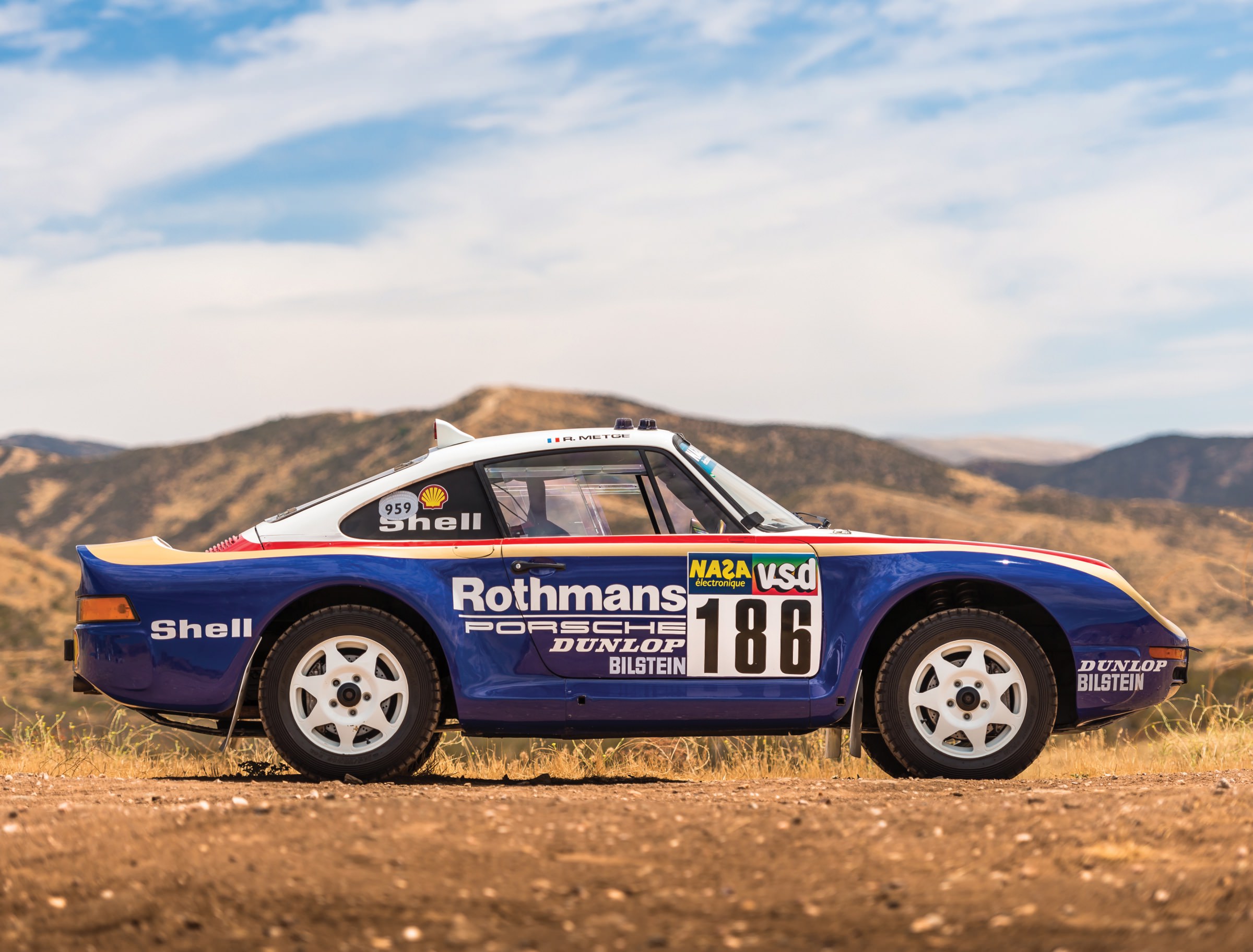
What does the Porsche concern offer today?
The Mission E is a new electric car model of the Porsche concern, whose manufacturer is already coming to the starting line. This concept car, based on technology from Zuffenhausen, combines the distinctive design of Porsche, excellent handling and promising functionality. The four-door model delivers system performance of more than 600 hp with a travel range of more than 500 km. The Mission E accelerates to 100 km/h in less than 3.5 seconds, and the charging time will take only 15 minutes. Porsche has invested more than a billion euros in this project. About 1,100 additional jobs have been created at the headquarters in Stuttgart, Germany, where the E Mission will be built.
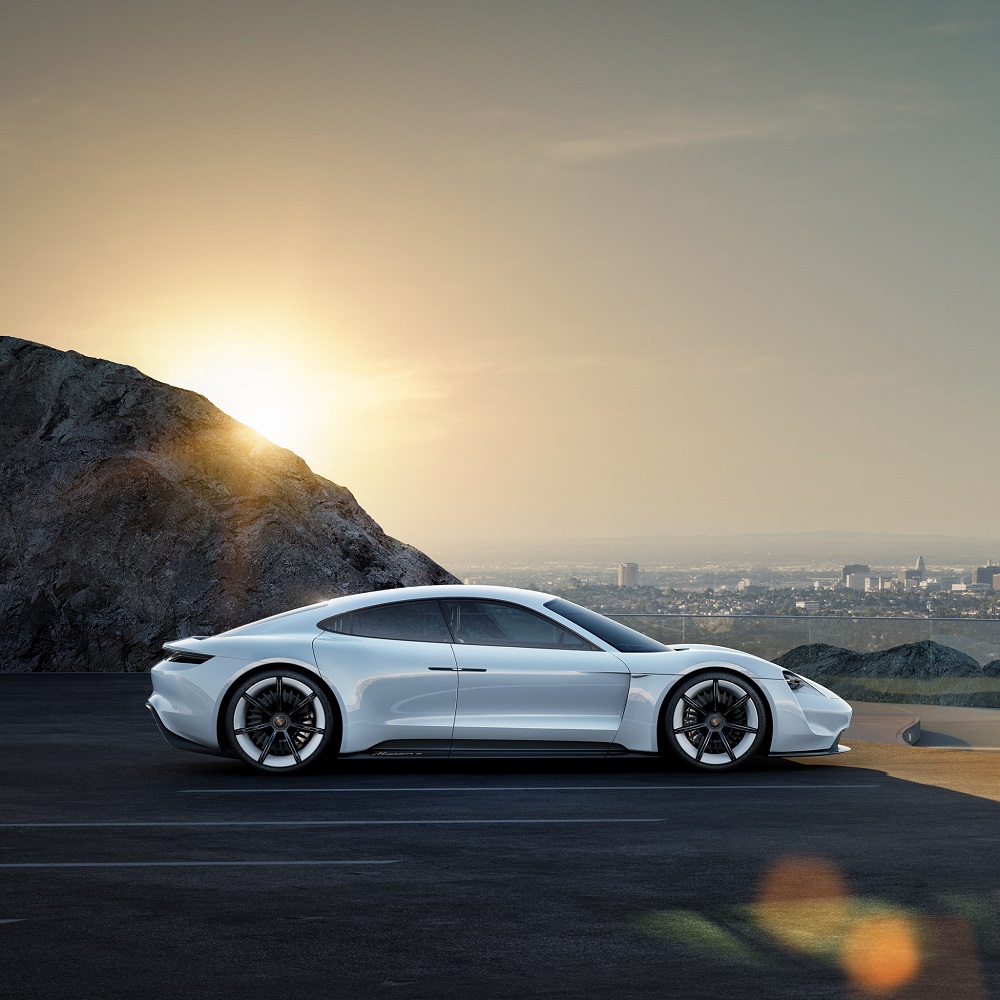
Of course, a quick transition from a petrol engine to an electric one won’t happen, although it is predicted that by 2020 one in ten cars will be hybrid or electric powered. Porsche is going to produce its last diesel car in 2030. Today, the German company designs and manufactures Porsche cars, motorcycles, and engines of all types. By the way, for 50 years, Porsche cars have got more than 28 thousand victories in different categories of speed races! Other car manufacturers can only dream of such a tremendous success in motorsport.
What else don’t you know about Porsche?
It turns out that Ferdinand Porsche was the inventor of the grill. And the Porsche engine is installed on some Harley Davidson motorcycles. The first passenger airbags were introduced on the Porsche 944 cars. The most advanced sports car (accelerating to 320 km/h) is the Porsche 959. Digital screens in the Airbus A300 cockpits, as well as the cockpits themselves, were introduced and built by Porsche. The concern produced excellent tractors, as well as harvesters for coffee plantations – with a gasoline engine, so that the taste of coffee wasn’t affected by diesel fumes. The Porsche 917 can surpass any race car available today, with 1,100 hp and a speed of 386 km/h. The most unusual Porsche car was introduced in 2002 – it was the Porsche Cayenne SUV. To produce it, a new conveyor was created in Leipzig.
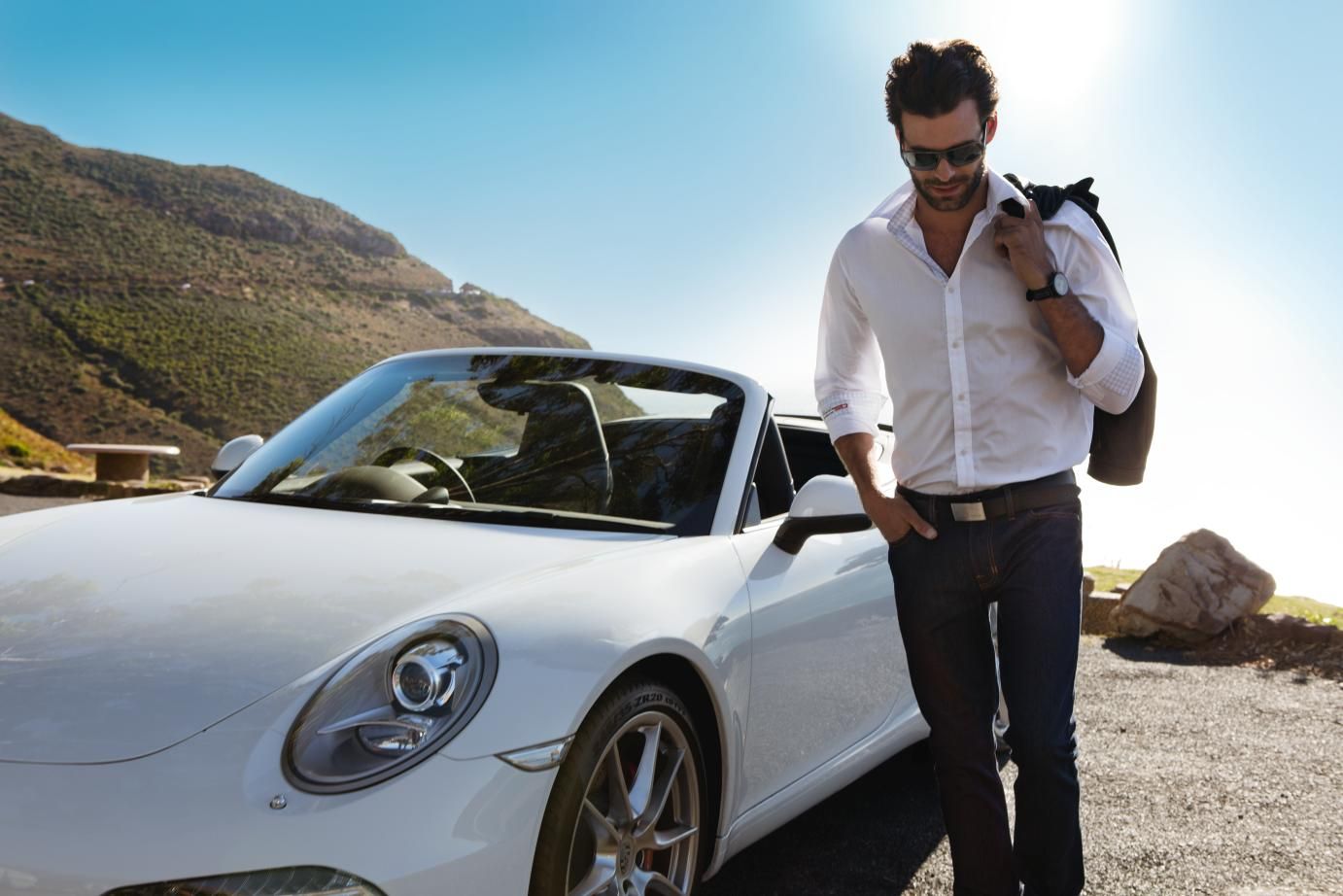
We hope all of the above impressed you. Do you want to drive a Porsche, admire stunning forms, enjoy a powerful engine and bold design solutions? Then you all the more need a driver’s license (better an international one). You still don’t have one? We invite you to quickly and easily process an international driver’s license on our website. It won’t take you much time and effort, especially since this document is useful while driving not only a unique car produced by the Porsche concern.

Published December 02, 2019 • 11m to read



